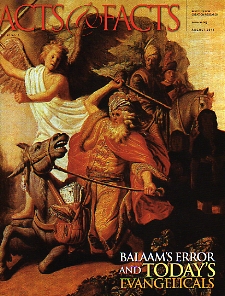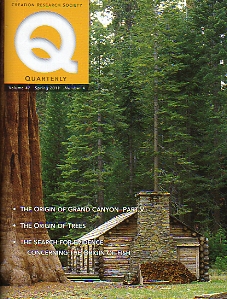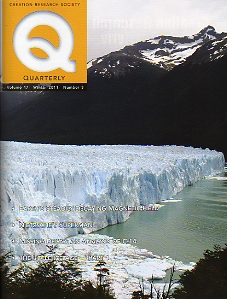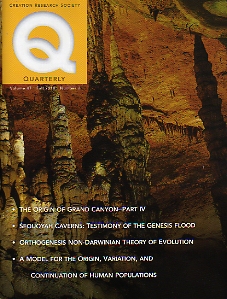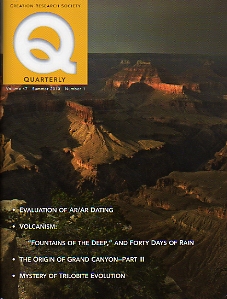 Acts & Facts, Vol. 41, No. 2, February 2012, monthly, free. 24 pages.
Acts & Facts, Vol. 41, No. 2, February 2012, monthly, free. 24 pages.
Executive editor: Lawrence E. Ford.
Institute for Creation Research, PO Box 59029, Dallas, TX 75229. Website.
As we’ve previously said, Acts & Facts continues to improve. Of particular note in this issue is Randy Guliuzza’ response to his recent series on natural selection. Guliuzza deals with a variety of concerns and questions over four pages. Most Acts & Facts run one to two pages, very ocassionally three. Also, Jeffrey Tomkins reports on ICR’s research regarding “Internal Telemere Sequences.” Larry Vardiman reports on the SETI radio telescope going back online. Apparently the reason it’s been taken out of mothballs is the growing discovery of planets discovered by the space telescope Kepler. (Note: Answers in Genesis’s planetarium program, The Created Cosmos, was recently updated (and into Blu-ray!) to display the many hundreds of planets found by the Kepler telescope.)
Table of contents
From the Editor: Victory in Jesus by Lawrence E. Ford. p. 3.
Victory Over the Wicked by Henry M. Morris III. p. 4.
Research: Internal Telomere Sequences: Accidents of Evolution or Features of Functional Design? by Jeffrey Tomkins. p. 6.
Events. p. 7.
Hidden in Plain View: Evolution’s Counterfeit History Is Everywhere by James J. S. Johnson. p. 8
SETI Radio Telescope Goes Back Online by Larry Vardiman. p.10
Impact: Darwin’s Sacred Imposter: Answering Questions about the Fallacy of Natural Selection by Randy J. Guliuzza. p. 12.
Back to Genesis: Gaps in the Geologic Column by John D. Morris. p. 16.
Back to Genesis: Arithmetic and the Genetic Code by Frank Sherwin. p. 17.
Back to Genesis: The Genetic Decline of Humanity by Brian Thomas. p. 18.
SOBA Graduate Profile: Seth Trotman by Christine Dao. p. 19.
Letters to the Editor. p. 20.
Stewardship: Enlarging the Tent by Henry M. Morris IV. p. 21
Love and the Heart by Henry M. Morris. p. 22.
pdf of issue
From: Creation & Science Chronicle.



